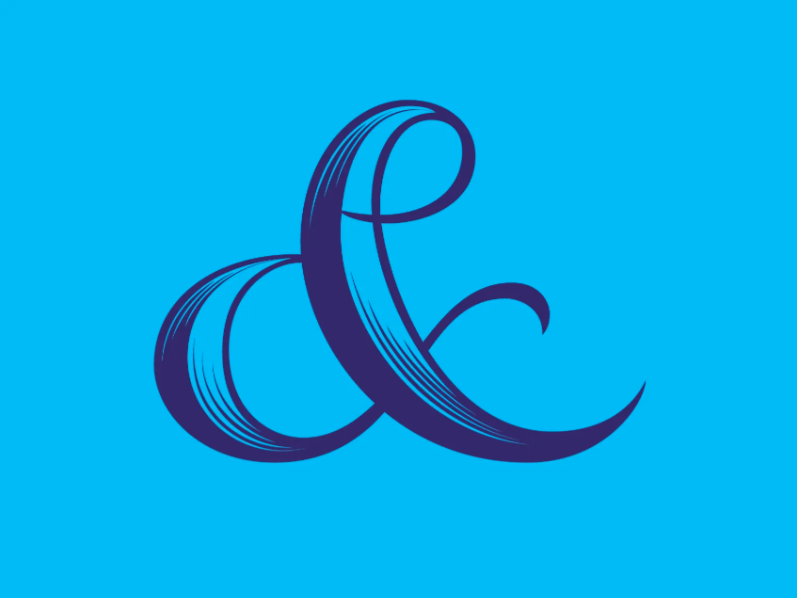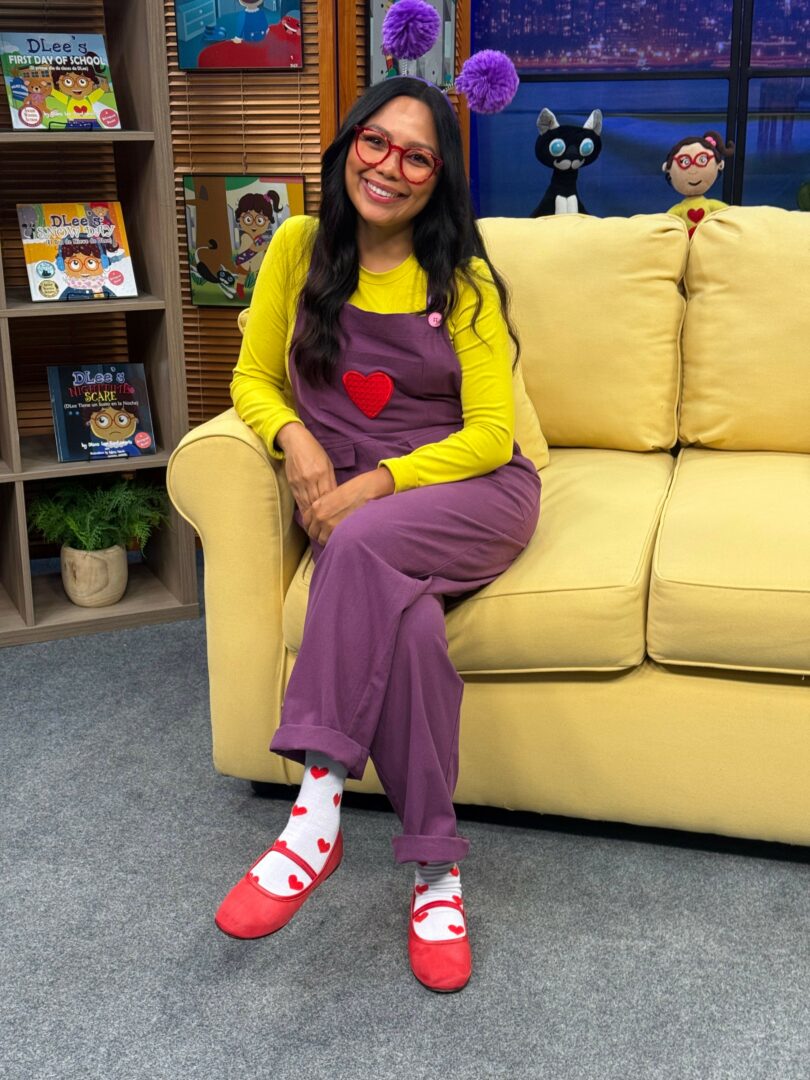We recently connected with Jo Yo and have shared our conversation below.
Hi Jo, thank you so much for opening up with us about some important, but sometimes personal topics. One that really matters to us is overcoming Imposter Syndrome because we’ve seen how so many people are held back in life because of this and so we’d really appreciate hearing about how you overcame Imposter Syndrome.
Overcoming Imposter Syndrome mostly has to do with building resilience against the thoughts that caution you from moving forward. I believe in some cases there’s an evolutionary need for what internally triggers the syndrome, but in most creative/productive environments, it’s really a hindrance.
“Building resilience” first meant putting myself on the spot in environments that welcomed my presence. It started out in my college classes, then later grew into online spaces formed by organizations like African-American Graphic Designers and Tech by Choice. These are spaces where my thoughts, feelings, and experiences are embraced. Indeed, organizations like these have primed me to express myself effectively in a multitude of professional environments.


Thanks for sharing that. So, before we get any further into our conversation, can you tell our readers a bit about yourself and what you’re working on?
I’m a creative strategist and educator who uses human-centered design and cultural insights to create meaningful solutions for education, social impact, and small business development. With a background in design thinking and behavioral research, I help individuals and organizations design with empathy and purpose.


If you had to pick three qualities that are most important to develop, which three would you say matter most?
Empathy
Whether it comes down to being able to relate to a client, co-worker, or customer, doing what you can to meet that individual where they are is a priority. In a culture devoid of even the smallest of social interactions, people just want to be heard and appreciated for their unique perspectives.
Clear Communication and Self-Advocacy
As important as it is to understand others, having the ability and will to articulate your points is a priority. You are your best advocate in a professional environment, and the onus falls on you to explain your intentions, ethics, and self-management.
Adaptability and Embracing Change
I have to admit that this is the hardest of the three and the one I’m furthest from mastering. It’s hard to properly describe the line between stagnation and the impetus to change to a new environment. My life is in a constant state of change, and the impetus to move forward doesn’t always come from within. The most important thing to recognize is that change is constant and that we should always prepare ourselves for it, even if the circumstances remain consistent.


Tell us what your ideal client would be like?
My ideal client is someone who has a clear vision but remains open to evolution and change. There’s something exhilarating about exploring concepts and ideas, working collaboratively to bring someone else’s ideal image to life. It’s equally rewarding to see those ideas transform and grow as I contribute my own insights and creativity through the ideation process.
As we move closer to the final deliverable, various factors can influence the direction or aesthetic of the project. A client who embraces these creative pivots—adapting to changing circumstances while staying true to the core concept—ensures a successful and impactful end result.
Contact Info:
- Website: https://genericjoyo.co
- Linkedin: https://www.linkedin.com/in/joseph-young-7a825198/


Image Credits
The grid images feature a Michael Jackson mural by artist Ed Parker
so if you or someone you know deserves recognition please let us know here.




